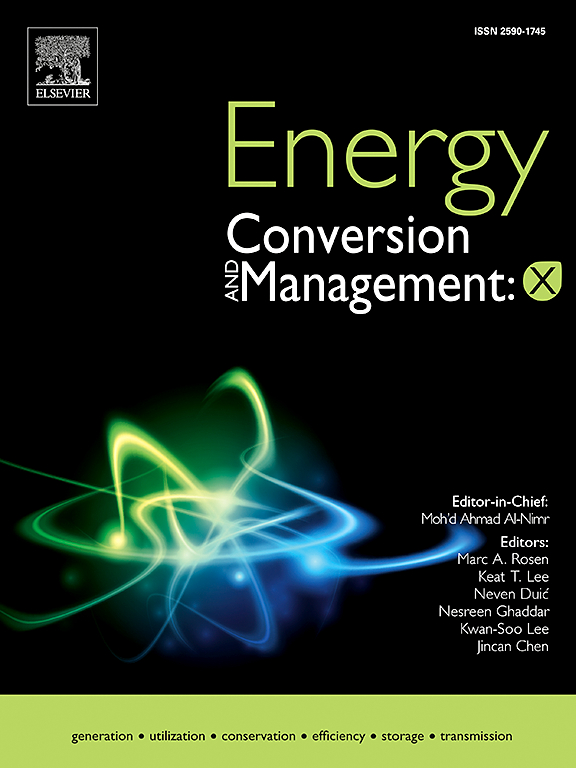Influence of wood resource types, conversion technologies, and plant size on the climate benefits and costs of advanced biofuels for aviation, shipping and heavy-duty transport
IF 9.9
1区 工程技术
Q1 ENERGY & FUELS
引用次数: 0
Abstract
Advanced biofuels are a promising option to achieve ambitious climate change mitigation goals while fostering a circular bioeconomy. Norway aims to expand the production of advanced biofuels from lignocellulosic biomass through novel technologies, but the climate change mitigation benefits and techno-economic performance remain unclear. This study performs an environmental and techno-economic analysis of biofuels from alternative forest-based feedstock using a cost-optimization and spatially explicit econometric model, different emerging conversion technologies, plant production sizes, and priorities for fuel upgrading (aviation, shipping, or trucks). Our results show that a higher number of plants distributed in the country has around 50 % lower emissions for feedstock transport than a single large-scale plant, which instead is more profitable than multiple smaller-scale plants. The investigated technologies achieve 69–94 % lower GHG intensities than fossil fuels, with the highest savings when hydrogen for upgrading is internally produced. The expected future availability of green hydrogen reduces the difference among technologies. When considering GHG emissions only, all biofuel options show similar savings. However, the inclusion of non-GHG contributions reveals the highest mitigation for shipping, followed by road-freight transport and aviation. Processing 1 Mm3 of feedstock annually can reduce impacts up to 0.55 MtCO2-eq./yr by 2050. Prioritizing bio-based jet fuel can mitigate 15 % of current Norwegian aviation emissions, while bio-based diesel can reduce emissions by 10 % in shipping or 3 % for road diesel. While the minimum selling price of biofuels is higher than fossil fuels, biofuels offer a lower cost of abatement compared to alternatives like batteries, green hydrogen, and e-fuels.

求助全文
约1分钟内获得全文
求助全文
来源期刊

Energy Conversion and Management
工程技术-力学
CiteScore
19.00
自引率
11.50%
发文量
1304
审稿时长
17 days
期刊介绍:
The journal Energy Conversion and Management provides a forum for publishing original contributions and comprehensive technical review articles of interdisciplinary and original research on all important energy topics.
The topics considered include energy generation, utilization, conversion, storage, transmission, conservation, management and sustainability. These topics typically involve various types of energy such as mechanical, thermal, nuclear, chemical, electromagnetic, magnetic and electric. These energy types cover all known energy resources, including renewable resources (e.g., solar, bio, hydro, wind, geothermal and ocean energy), fossil fuels and nuclear resources.
 求助内容:
求助内容: 应助结果提醒方式:
应助结果提醒方式:


